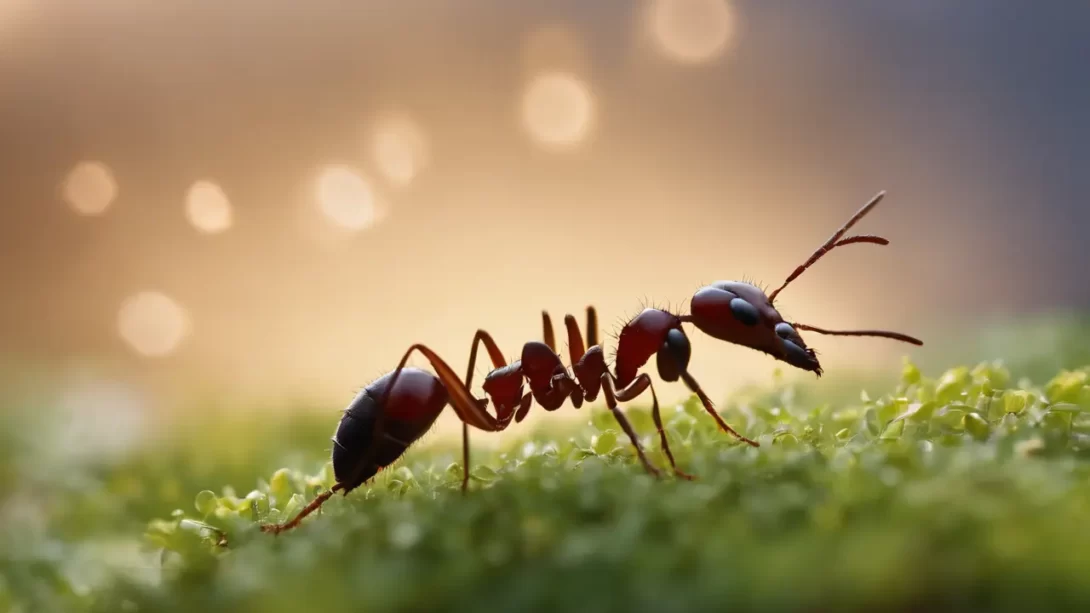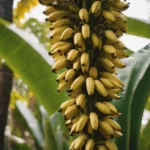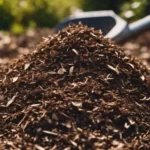Ants, one of the most widespread and numerous insects on Earth, play a crucial role in many ecosystems. While their collective presence is immense, understanding individual ant mortality, specifically how many ants die each day, provides valuable insights into ecological dynamics and biodiversity. This article aims to explore ant lifecycles, the factors influencing their mortality, and the broader implications of these patterns in various ecosystems.
Ant Lifecycles
The lifecycle of an ant is a fascinating process, comprising four main stages: egg, larva, pupa, and adult. The duration of each stage and the overall lifespan of an ant can vary greatly among the thousands of different species. For instance, workers in many common species may live for several months to a year, while queen ants can live for several years, and in some species, up to a decade or more. Understanding these lifecycles is essential to grasp how and why ants die, as different stages of life present different vulnerabilities.
Factors Influencing Ant Mortality
Ant mortality is influenced by a variety of factors:
- Natural Causes: Aging is a primary natural cause of death. Predation is another significant factor, with ants being a key part of many predators’ diets. Environmental conditions like temperature, humidity, and natural disasters also play a role in ant mortality.
- Human Activities: The impact of human activities on ant populations is substantial. Pesticide use, habitat destruction, and climate change are leading human-induced causes of ant deaths. Pesticides, in particular, can decimate ant populations, while habitat loss limits their available resources and living space.
- Disease and Parasitism: Diseases, whether spread by other ants, insects, or through fungi and bacteria, can cause significant mortality. Parasitism is another crucial factor, with various parasites specifically adapted to exploit ants.
Each of these factors contributes to the daily mortality rate of ants, which varies widely depending on the species, location, and environmental conditions.
Estimating Daily Ant Mortality Rates
Estimating the daily mortality rate of ants is a complex task, owing to their vast numbers and diverse habitats. Scientists use a combination of field observations, population modeling, and ecological studies to approximate these rates. Direct observation involves counting dead ants in specific areas, but this method is limited in scope and can be impractical for larger scales. Population models, on the other hand, incorporate data on birth rates, life expectancy, and known mortality factors to estimate daily death rates. These models vary greatly depending on the ant species and their environmental conditions, making generalizations difficult. Despite these challenges, such estimates are crucial for understanding ant population dynamics and their role in ecosystems.
The Role of Ants in Ecosystems
Ants play several vital roles in ecosystems, making their survival and mortality rates ecologically significant. They are key in soil aeration, enhancing nutrient cycling and promoting plant growth. Ants also contribute to seed dispersion, helping in the propagation of numerous plant species. As predators and scavengers, they help control pest populations and decompose organic matter. Furthermore, ants serve as a food source for various animals, linking different trophic levels in the food web. Understanding the impact of daily ant mortality on these roles is essential, as significant changes in ant populations can disrupt these ecological functions and affect biodiversity.
Ant Mortality in Different Environments
Ant mortality rates can vary significantly across different environments:
- Rainforests: In these biodiverse environments, ants face natural predators and competition but benefit from a rich food supply and stable conditions. Mortality rates may be lower compared to harsher environments.
- Deserts: Desert ants face extreme temperatures and scarce water sources, leading to higher mortality rates, especially during the hottest and driest periods.
- Urban Areas: Urban ants deal with habitat fragmentation and human interference. While some species adapt well to urban environments, others face increased mortality due to pollutants and lack of natural resources.
Human Impact on Ant Populations
Human activities have a profound impact on ant populations:
- Pesticides: Chemicals used in agriculture and urban pest control can cause significant ant mortality, reducing populations and disrupting ecological functions.
- Habitat Destruction: Urbanization, deforestation, and agricultural expansion lead to habitat loss, which can decrease ant populations by reducing available resources and living spaces.
- Climate Change: Altered weather patterns and temperatures affect ant survival and reproductive rates, potentially leading to changes in population dynamics.
Conclusion
Ant mortality rates vary widely across species and environments, influenced by natural factors and human activities. The daily death rate of ants is a complex figure to determine, but it’s essential for understanding the health and stability of ecosystems. Ants play crucial roles in ecological processes, and their well-being is tied to the health of their habitats. As humans, our actions have significant effects on ant populations, and it’s vital to recognize our role in preserving these important insects and the ecosystems they inhabit.




